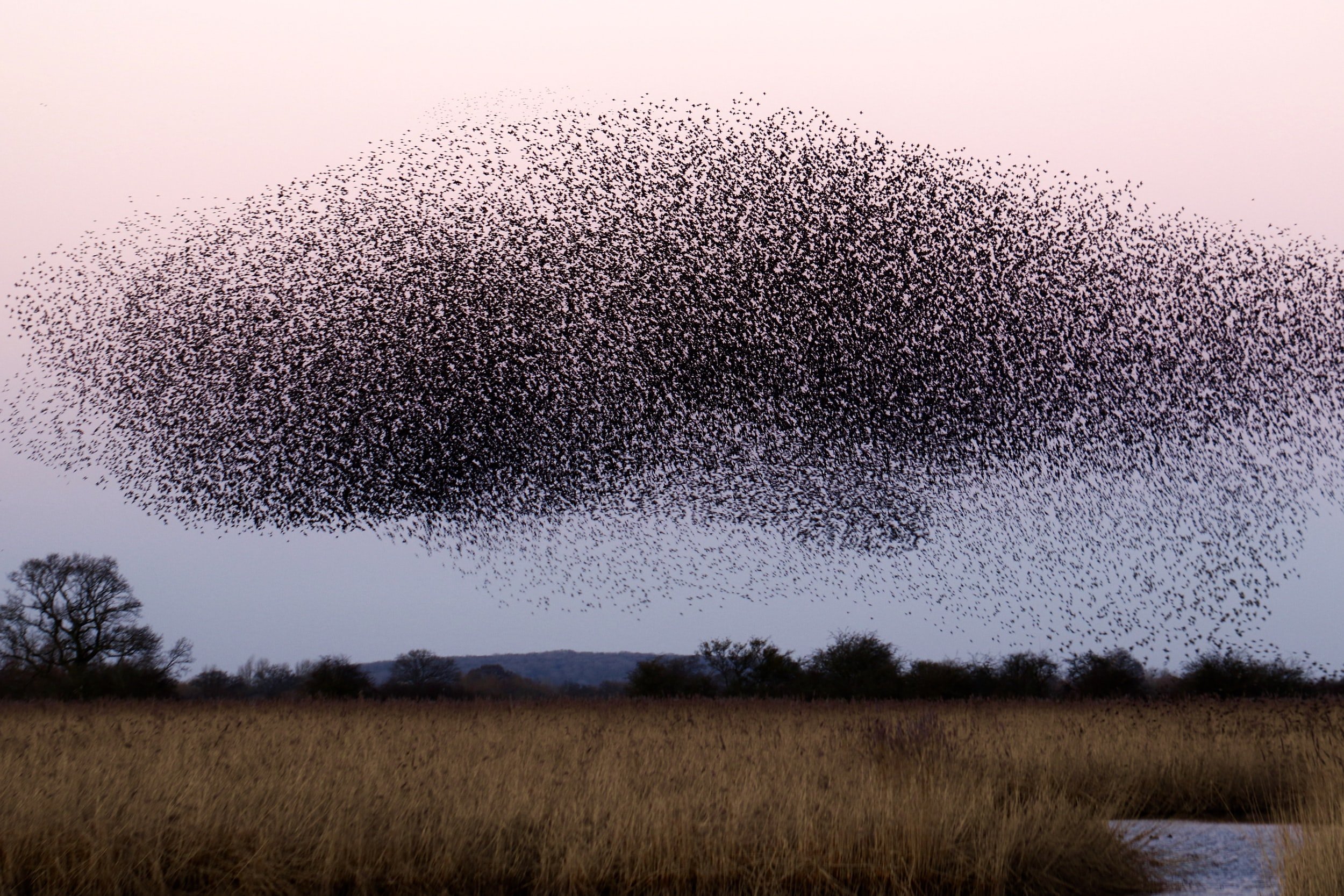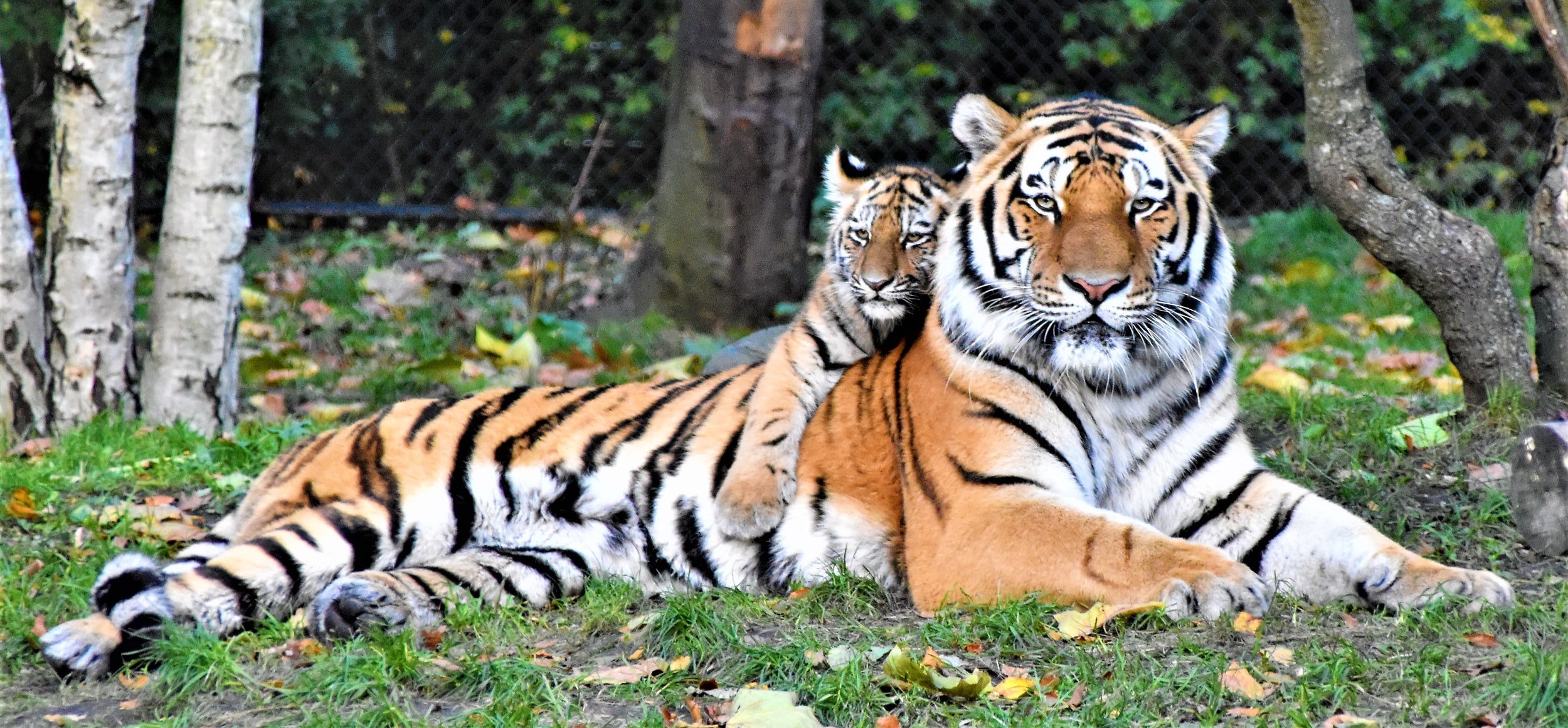Starling Connections
Magical Murmurations!
When starlings flock in synchrony, they are like one moving mass, shifting , twisting and turning in an instant. Each individual participates in the group and contributes to the whole.
Flocks of starlings moving in synchrony is reminiscent of a well-tuned orchestra. Each individual has a part to play and the result is more than simply a collection of instrumentals. In an orchestra, just as in a flock of starlings, there is a sense of oneness.
How does it work?
Scientists have constructed models to explain that starlings maneuver by keeping track of their 6-7 nearest neighbors. But the coordination appears beyond what seems possible by copying the closest neighbor. Is there some form of collective unseen energy, or force, that connects them?
As we are unable to measure the energy behind their movement, we are left with measuring the effect. It reminds me of the old saying, we can see the leaves on the trees move, but we cannot see the wind moving them.
The other element that is magical is how they assemble in one place. When starlings gather in Britain, they arrive individually from a number of other countries, like Russia, Belgium and Norway. Imagine for a moment you are a starling. You leave Norway and make your way for more than 1,200 miles (2,000 kilometers) to join a large group of other starlings who are also arriving from various countries. Once you arrive, how do you know where to meet up with the others? What are the instincts that enable you to join the group and naturally flow together in an improvised fashion without any practice?
When they group together and take on collective talents, it is called emergent “supraorganismal” properties. In Being Connected we explore what happens when many members of the same species move as one. We look at the evolutionary advantage to each member of the group, and find membership has its benefits.
The concept of emergence has been studied in various species, including fish, bees, ants, and others, and even dates back to at least Aristotle, who described emergence by saying, “The whole is greater than the sum of the parts” in the third century BCE.
A story of starling Intelligence:
The British Trust for Ornithology reported that a woman heard the phone ring and her dog being called: “Here, Trixie.” Perplexed, she finally realized the sound of the phone and dog call were coming down the chimney—by a starling mimicking both her phone and voice.







